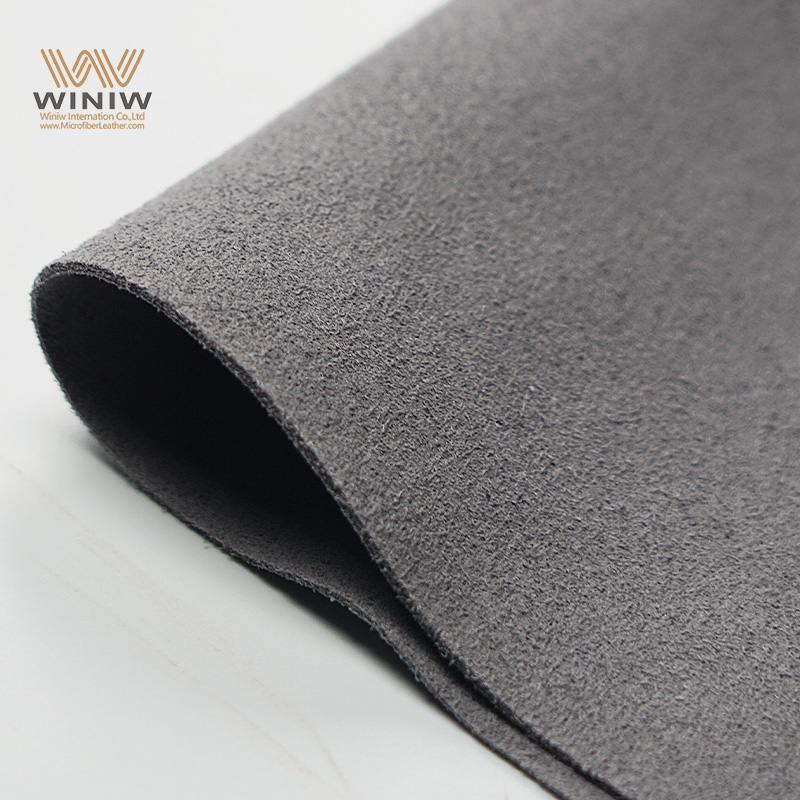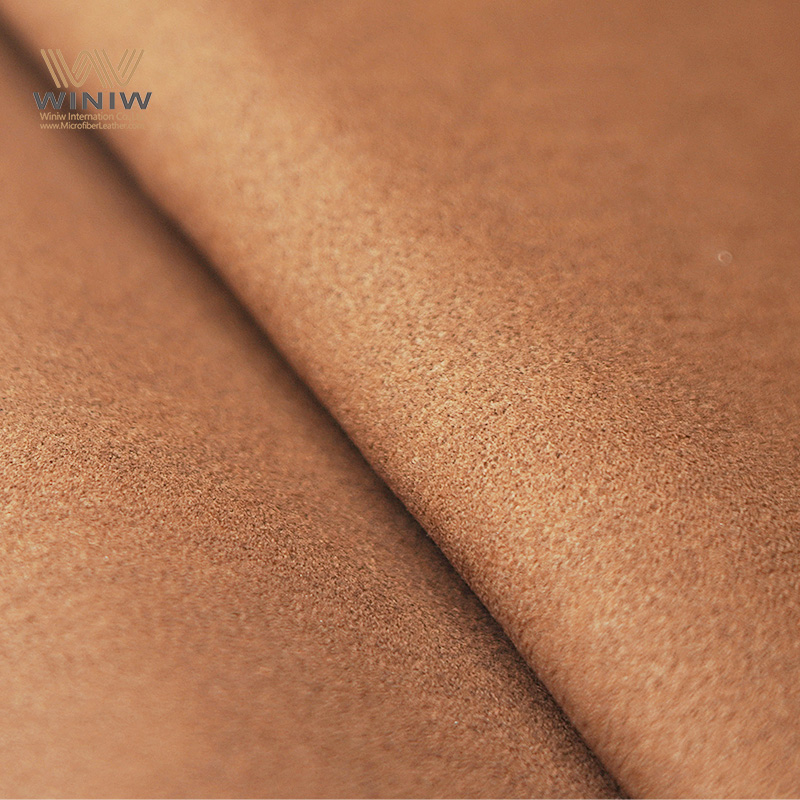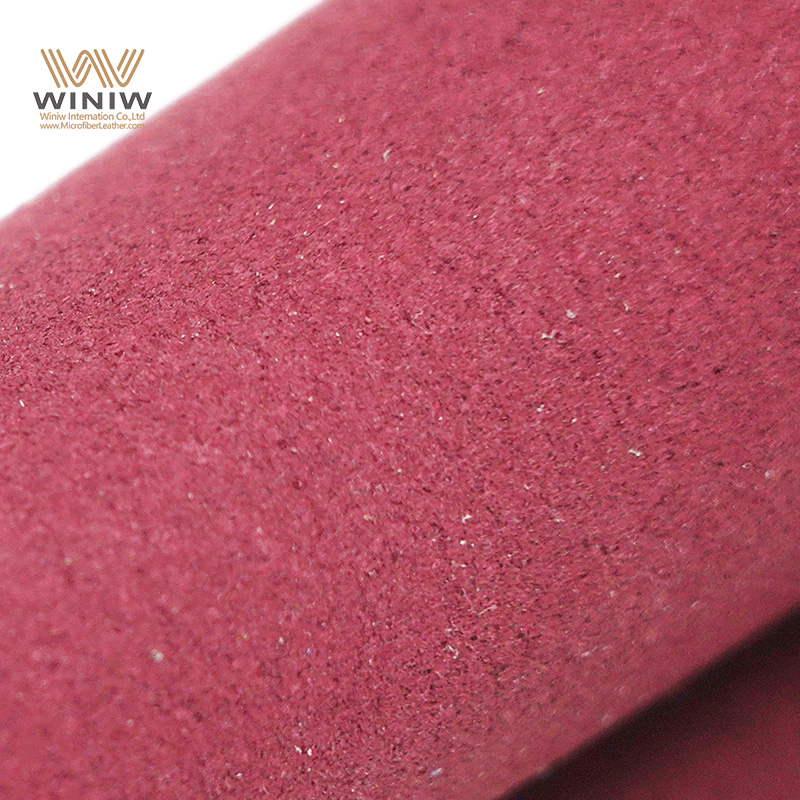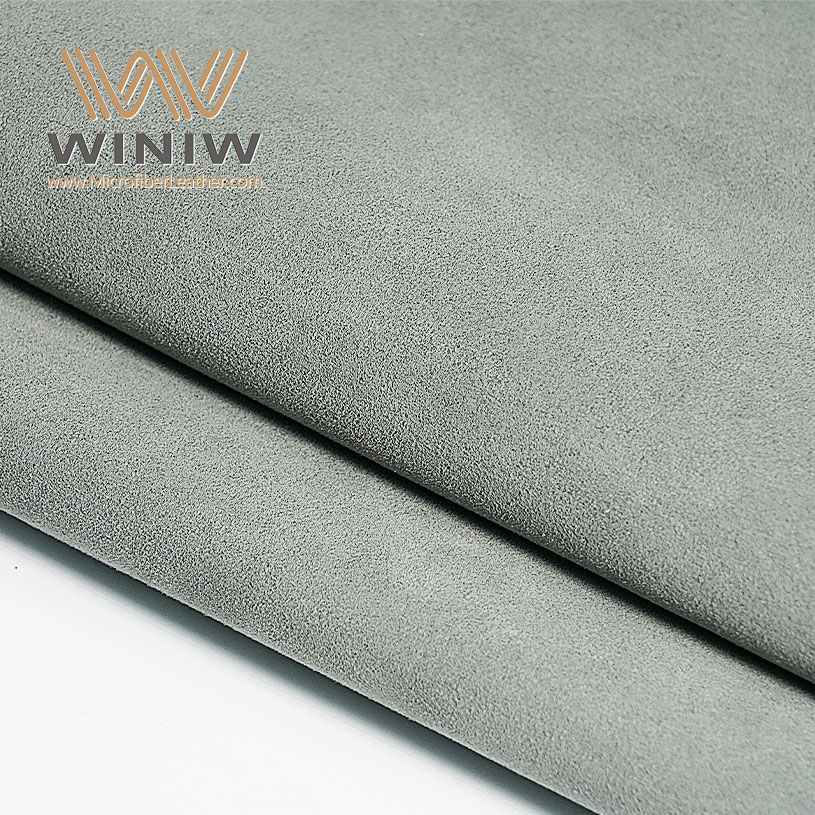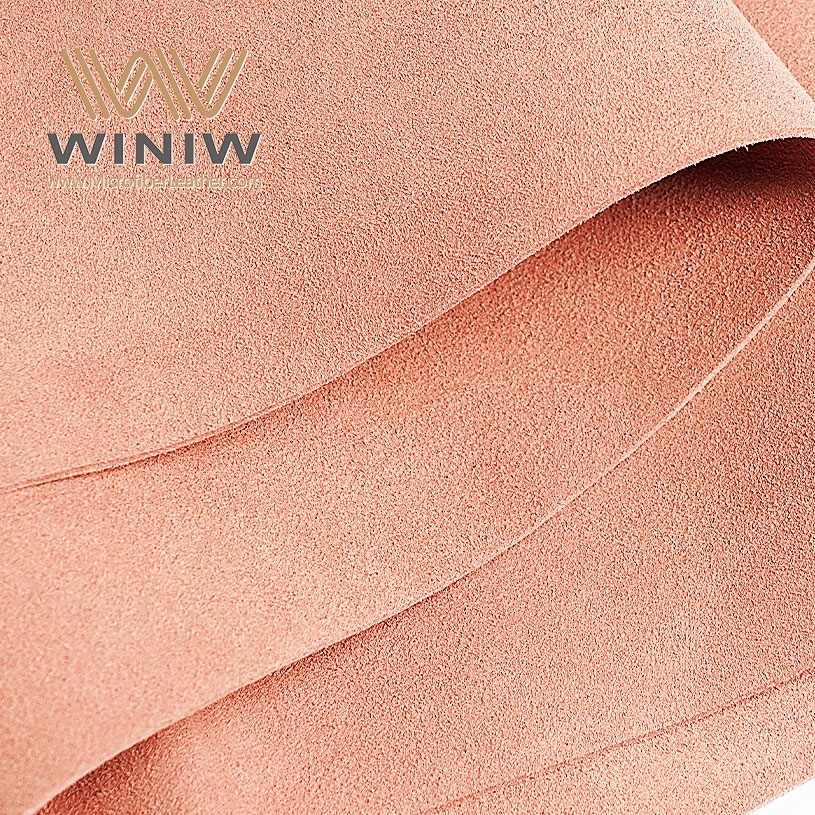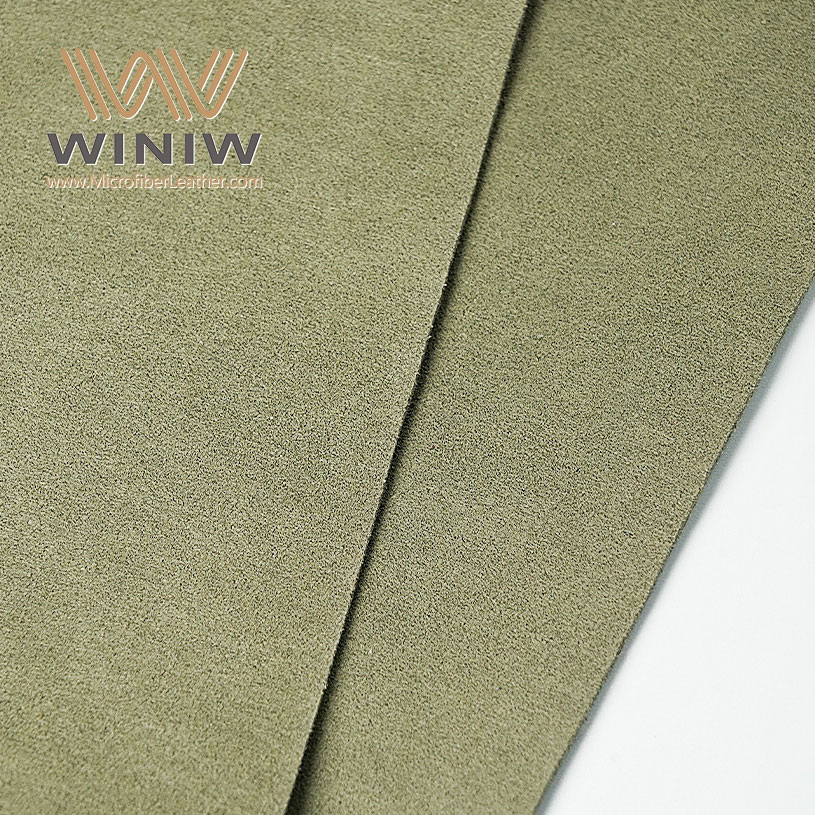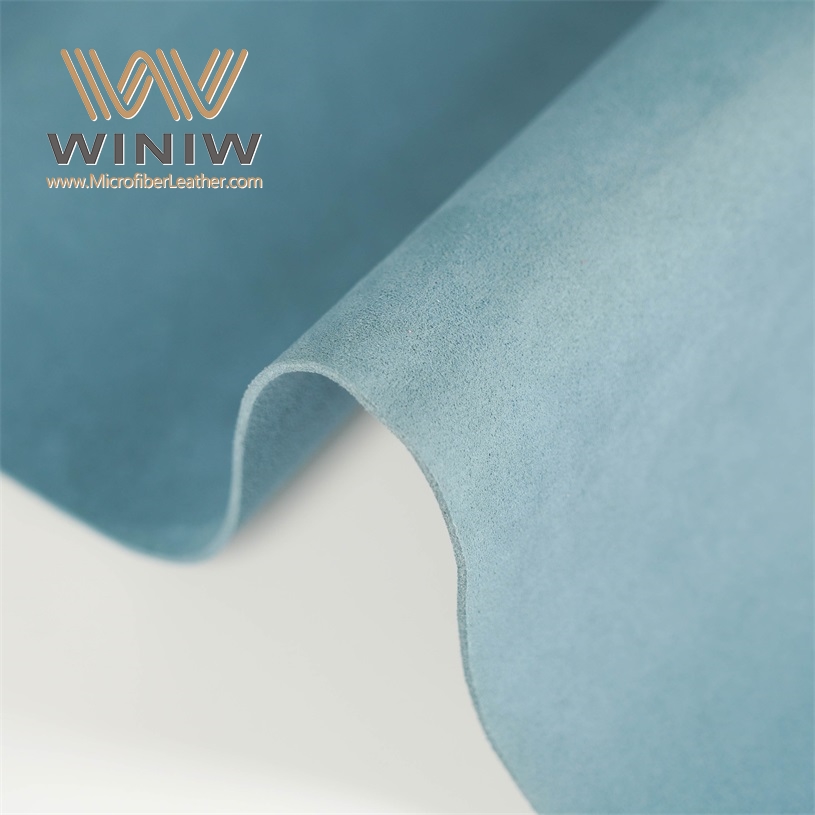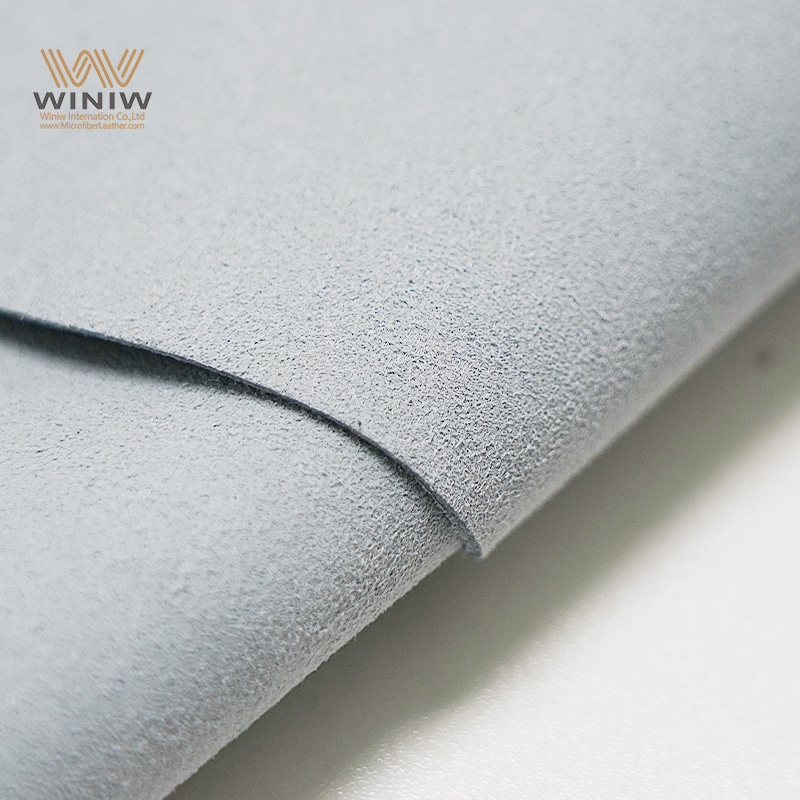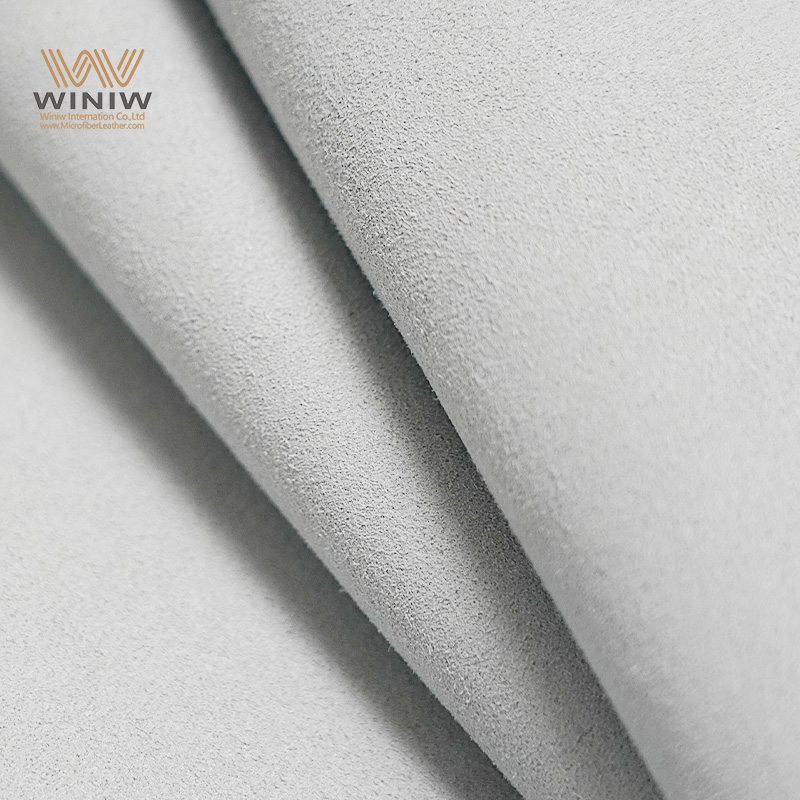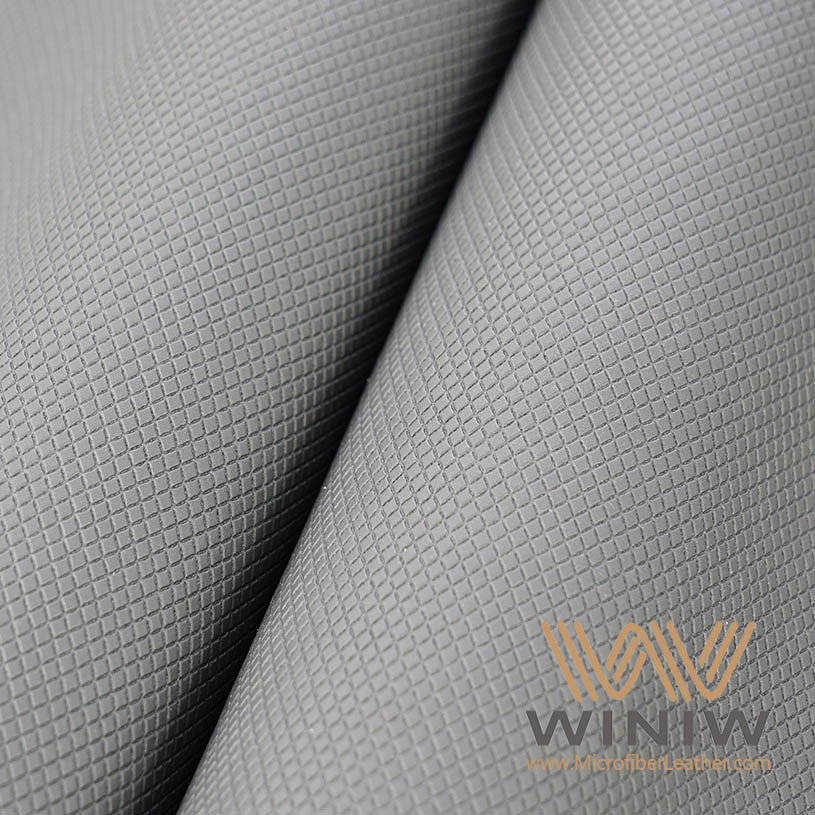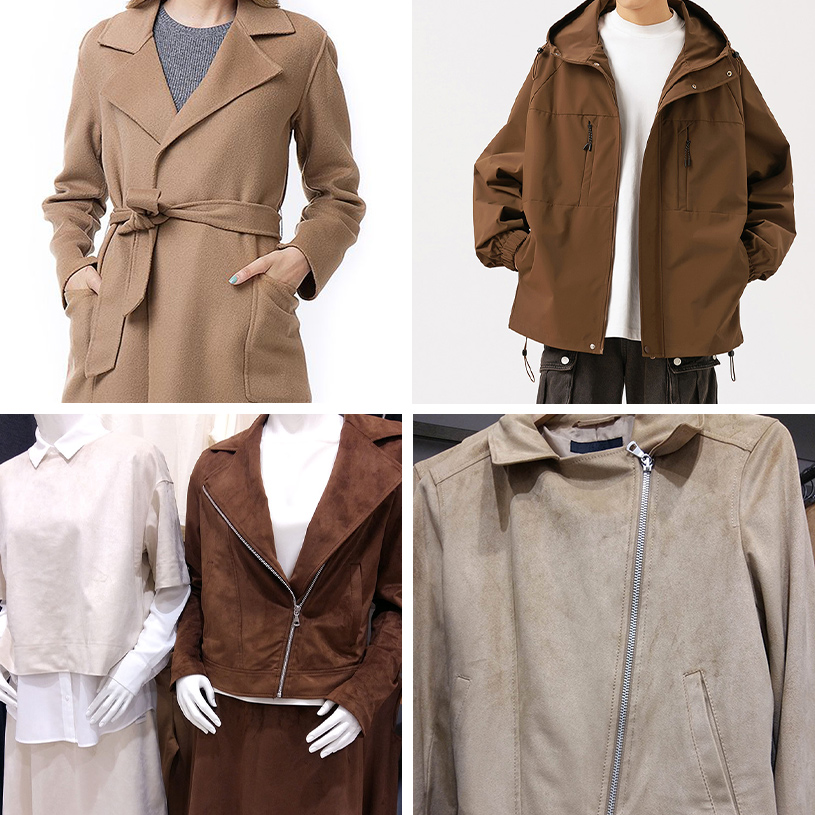
Many crafters stand in front of a shelf filled with fabrics, wondering which material will suit their next project. He often faces challenges such as fabric fraying, sewing difficulties, or color bleeding. Microsuede Cloth opens new possibilities for creative minds. Its smooth texture and durability invite makers to experiment beyond traditional choices. She can imagine bold home décor, stylish accessories, or unique fashion pieces. Makers gain confidence when they discover practical solutions for common crafting concerns and learn how to unlock the full potential of this versatile material.
Microsuede Cloth Hacks Every Crafter Should Know
Microsuede cloth offers a luxurious feel and durability, making it ideal for various crafting projects.
This fabric is easy to clean and maintain, resisting stains and dust, which is perfect for busy households.
Crafters can use microsuede for upholstery, fashion accessories, and home décor, showcasing its versatility.
Using the right tools, like heavy-duty needles and sharp scissors, ensures successful sewing with microsuede.
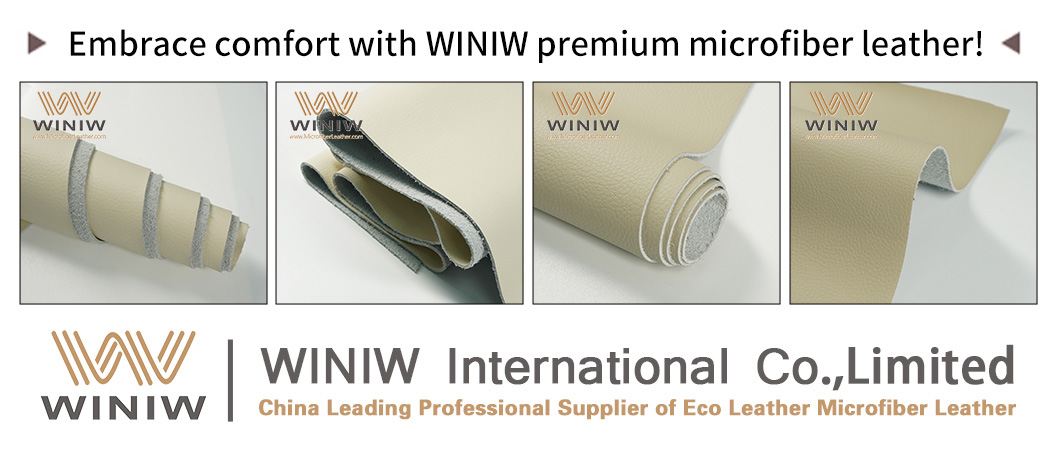
Proper fabric preparation, including vacuuming and spot testing, enhances the quality of your projects.
Experimenting with texture techniques, such as embossing and quilting, adds unique dimensions to your creations.
Regular care, like gentle cleaning and proper storage, keeps microsuede items looking fresh and new.
Combining microsuede with other fabrics can create interesting textures and visual appeal in your projects.
Why Microsuede Cloth
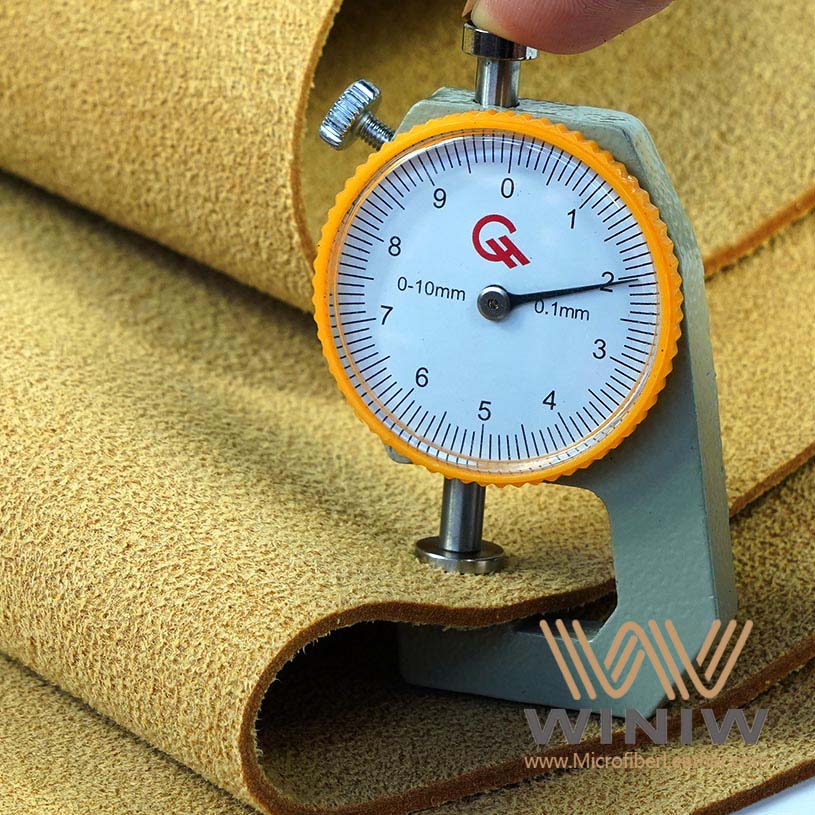
Properties
Microsuede stands out as a modern textile choice for crafters. This fabric uses micro-polyester fibers, which give it a soft, luxurious feel that mimics traditional suede. Synthetic microsuede offers a smooth texture and flexible drape, making it comfortable to touch and easy to shape. Microfiber construction ensures strength and durability, so the fabric resists wear and tear even in high-friction areas. Unlike natural suede, microsuede cloth does not absorb stains easily and requires less maintenance. The fabric comes in a wide range of colors, allowing makers to match any design vision.
Tip: Microsuede resists dust and pet hair, making it ideal for homes with animals.
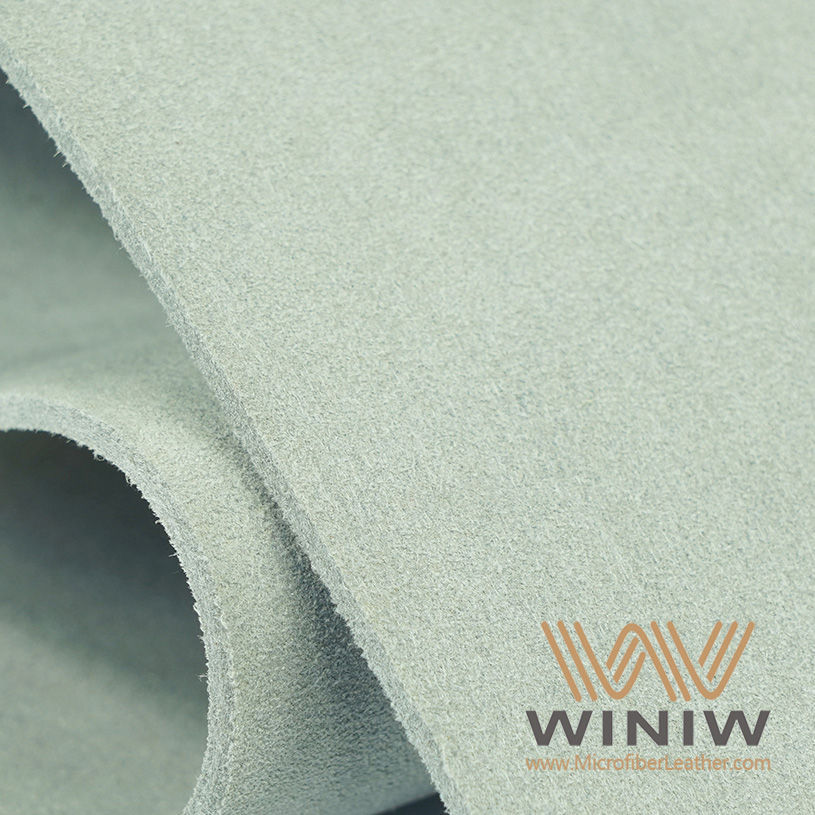
Benefits
Crafters choose microsuede for its practical advantages. The fabric combines luxury with affordability, providing a high-end look at a budget-friendly price. Microfiber technology makes microsuede easy to clean and maintain. Stains rarely penetrate the surface, and most spills wipe away with mild soap and water. The tightly woven fibers prevent fraying and keep projects looking fresh over time. Microsuede does not attract dust, so it stays cleaner than many other fabrics. Makers also appreciate its eco-friendly qualities, since synthetic microsuede uses no animal products.
Benefit | Description |
|---|---|
Durability and Longevity | Microsuede is made from tightly woven polyester fibers, making it resistant to wear and tear, ideal for high-use areas like homes with pets or children. |
Easy Maintenance | It is simple to clean, resistant to stains, and does not attract dust or pet hair, making it a low-maintenance choice for busy households. |
Affordability | More economical than real suede, microsuede offers a luxurious feel at a fraction of the price, making it budget-friendly. |
Versatility in Design | Available in various colors and patterns, microsuede can be used for upholstery, handbags, and more, allowing for creative freedom in crafting projects. |
Eco-Friendly Option | Made from synthetic materials, microsuede does not use animal products and has a lower environmental footprint, making it a sustainable choice. |
Uses
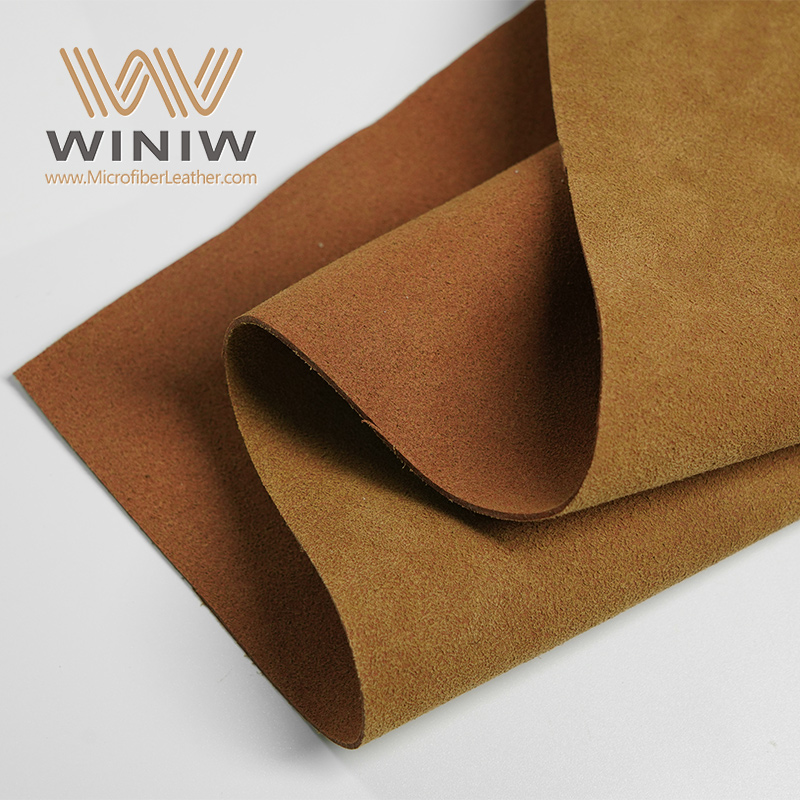
Microsuede finds a place in many crafting projects. Makers use this fabric for upholstery, including sofas, chairs, and headboards. Decorative pillows and cushions often feature microfiber for its comfort and stain resistance. In fashion, microsuede appears in jackets, skirts, and accessories such as handbags and jewelry. Faux suede and microfiber both offer a luxurious appearance, but microsuede provides greater durability and easier cleaning. The fabric suits high-traffic areas and homes with children or pets. Crafters also use microsuede for table runners, wall art, and patches. Its versatility allows for endless creative possibilities.
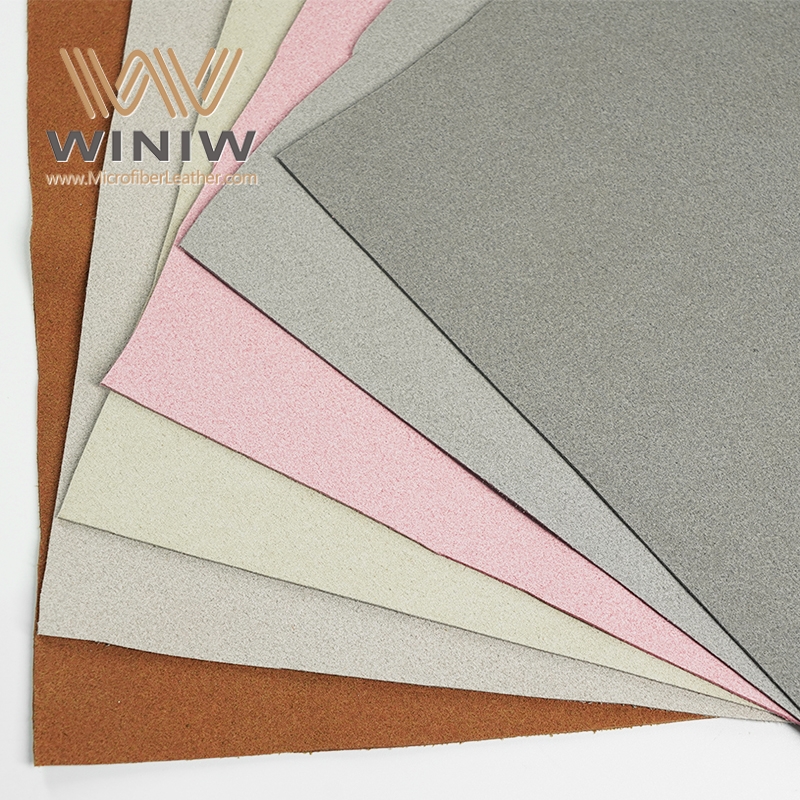
Upholstery for sofas, chairs, and headboards
Decorative pillows and cushions
Clothing items like jackets and skirts
Accessories such as handbags and jewelry
Home décor projects including table runners and wall art
Microfiber stands out for its stain resistance compared to other popular crafting fabrics. Makers find that microsuede requires less maintenance than velvet or faux suede, and it holds up well in busy households.
Getting Started
Tools & Prep
Crafters often select the right tools before working with microsuede. The choice of cutting and sewing equipment affects the final result. Microsuede responds well to sharp blades and sturdy needles. Makers use heavy-duty, microtex, or leather needles for sewing. These needles pierce synthetic microsuede and microfiber without snagging. A walking foot, teflon foot, or non-stick foot helps guide the fabric smoothly under the machine. Low to medium foot pressure prevents stretching or puckering. Polyester thread works best for stitching, offering strength and flexibility. Many crafters prefer clips instead of pins to avoid leaving marks on faux suede and microfiber.
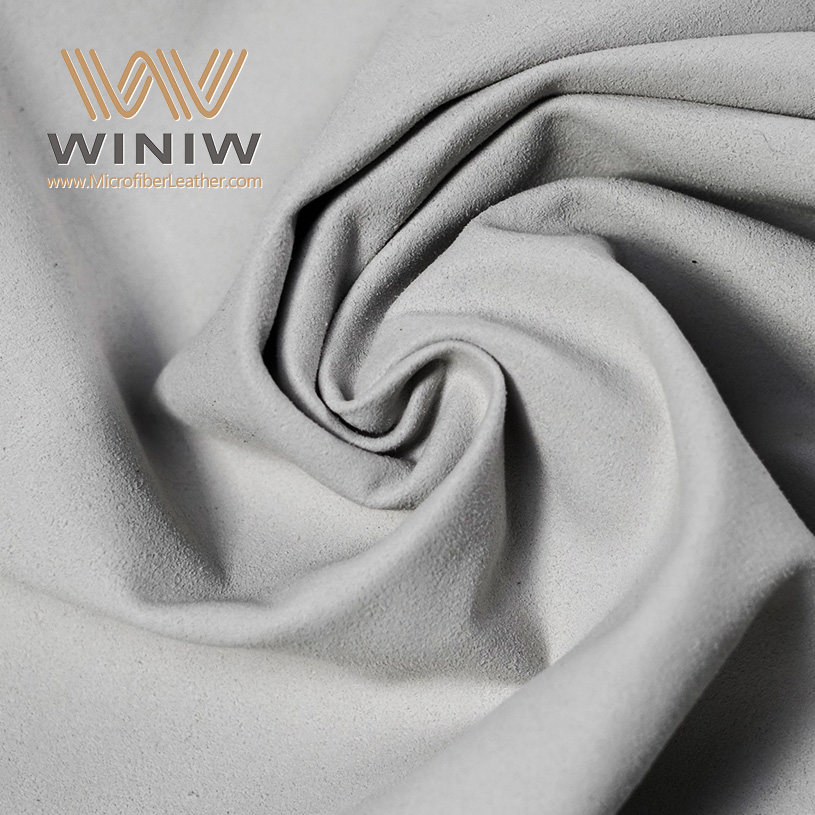
The following table highlights recommended cutting tools for microsuede projects:
Tool Type | Description |
|---|---|
Heavy Duty Fabric Scissors | Designed for thick and heavyweight fabrics, allowing for cutting through multiple layers effectively. |
Spring-loaded Fabric Scissors | Requires less effort to use, ideal for those with hand strength issues, and suitable for heavy fabrics. |
Dressmaking Shears | Provides precision cutting by keeping one blade on the table, preventing fabric shifting. |
Electric Fabric Scissors | Battery-operated, ideal for cutting large amounts of fabric quickly, effective on heavier materials. |
Big Z's Microsuede Fabric offers easy handling for all skill levels. Beginners and experienced makers find this microfiber fabric simple to sew and maintain.
Cutting Tips
Cutting microsuede requires attention to detail. Makers lay the fabric flat on a clean surface. They use dressmaking shears or heavy-duty scissors for straight lines. Spring-loaded scissors help those with limited hand strength. Electric scissors speed up large projects. Crafters mark patterns with tailor’s chalk or washable markers. They avoid stretching the fabric while cutting. Clips hold layers together without damaging the surface. Microfiber edges stay neat, reducing the risk of fraying. Makers cut slowly to maintain accuracy and prevent jagged edges.

Tip: Always test scissors on a scrap piece of microsuede before starting a diy project.
Prepping Fabric
Proper preparation ensures the best results with microsuede cloth. Makers follow these steps before starting any diy project:
Vacuum all surfaces using an upholstery attachment to remove loose dirt and debris.
Use a stiff fabric brush to restore texture and dislodge embedded debris.
Check the cleaning code of the microsuede to determine the appropriate cleaning solution.
Perform a spot test on an inconspicuous area to ensure the cleaning method is safe.
Microfiber and synthetic microsuede benefit from gentle cleaning. Makers avoid harsh chemicals to preserve the fabric’s color and texture. Faux suede and microfiber respond well to mild soap and water. Proper prepping keeps the fabric looking fresh and ready for creative projects.
DIY Projects
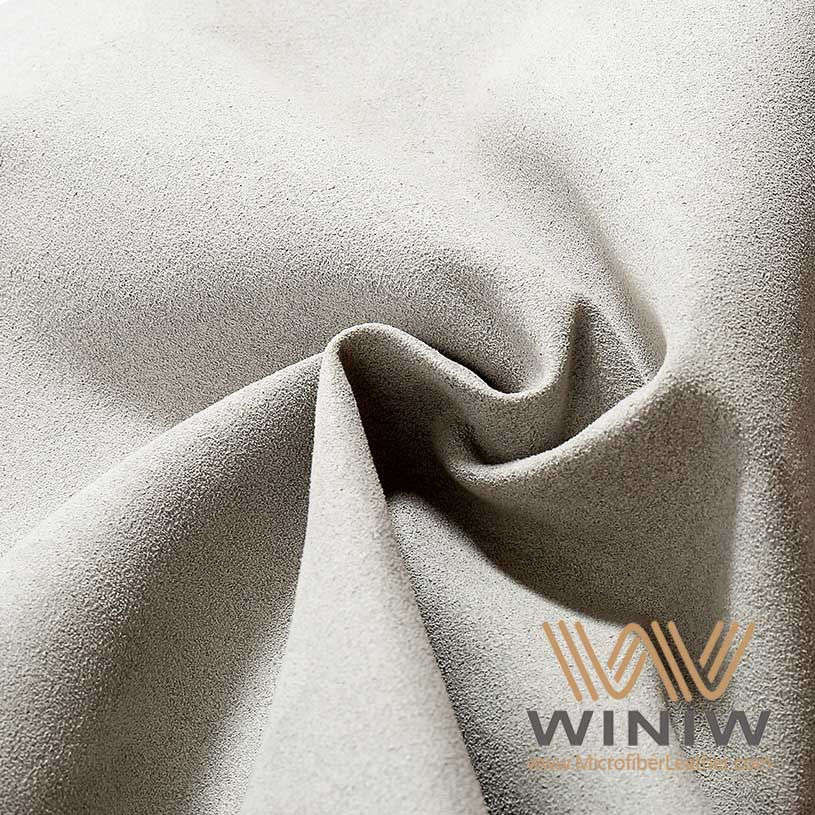
Microsuede inspires a wide range of diy projects for crafters. This fabric offers versatility and durability, making it suitable for home decor, fashion accessories, and upholstery. Makers appreciate the smooth texture and easy maintenance of synthetic microsuede. Microfiber construction ensures that each project stands up to daily use and remains attractive over time.
Home Decor
Microsuede brings a touch of luxury to home decor. Makers use this fabric to create stylish and functional pieces that elevate any space.
Throw Pillows
Crafters often choose microsuede for throw pillows. The fabric feels soft and resists stains, making it ideal for living rooms and bedrooms. Microfiber pillows maintain their shape and color after repeated use. Makers combine faux suede and microfiber to design pillow cases with a luxe look. Some sew playful X and O shaped cushions from microfiber cloths for a unique accent.
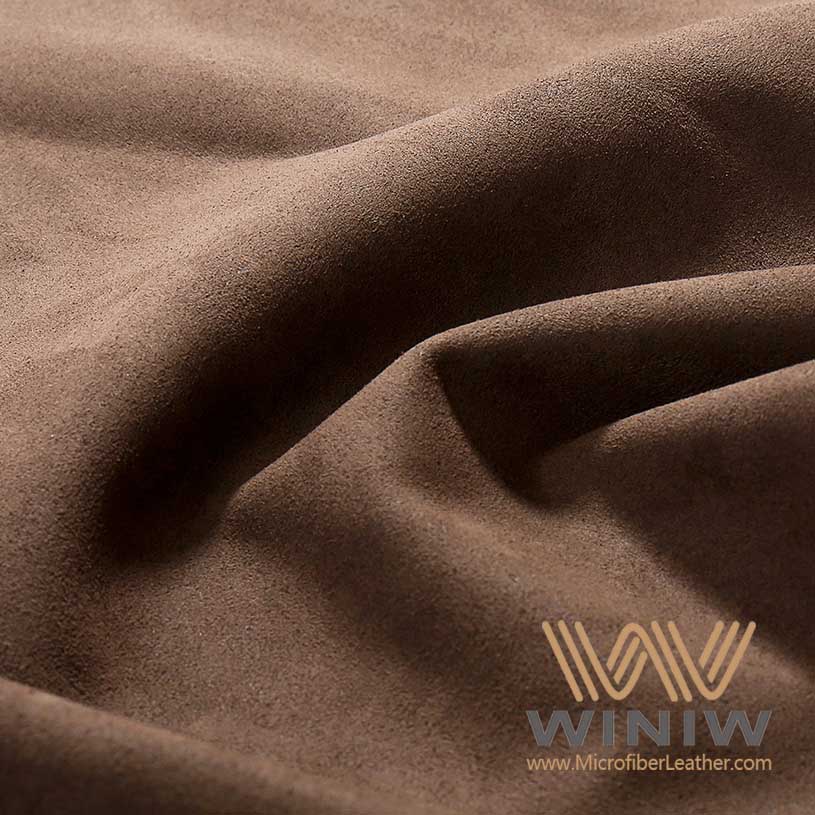
Combine faux suede and microfiber for a luxe pillow case.
Sew X and O shaped cushions for playful decor.
Repurpose used microfiber towels into festive items, such as an Easter rabbit or Halloween ghost.
Tip: Use clips instead of pins when assembling pillow covers to avoid marking the fabric.
Table Runners
Microsuede table runners add elegance to dining areas. The fabric drapes smoothly and resists spills. Makers cut microfiber into strips and sew decorative edges for a polished finish. Table runners made from microsuede clean easily and retain their vibrant color.
Feature | Benefit |
|---|---|
Stain Resistance | Protects surfaces from spills |
Soft Texture | Adds comfort and style |
Easy Cleaning | Maintains appearance over time |

Wall Art
Microsuede wall art creates a focal point in any room. Makers stretch microfiber over frames or canvases to showcase bold colors and textures. Some use fabric scraps to design geometric patterns or abstract shapes. Microsuede resists dust, so wall art stays fresh and vibrant.
Fashion & Accessories
Microsuede excels in fashion and accessories. The fabric offers durability and style, making it a favorite for bags, jewelry, and patches.
Tote Bags
Makers select microsuede for tote bags because of its strength and flexibility. Microfiber handles heavy loads without tearing. The fabric resists stains and water, so bags remain clean and attractive. Microsuede outperforms traditional suede in wear and tear, making it a reliable choice for everyday use.
Microsuede is more durable than traditional suede.
The fabric resists damage, stains, and water.
Tote bags made from microfiber last longer in high-traffic situations.
Jewelry
Crafters use microsuede to create lightweight and stylish jewelry. The fabric cuts easily into strips for bracelets or necklaces. Microfiber holds embellishments securely and does not fray. Makers combine colors to design unique pieces that match any outfit.
Note: Synthetic microsuede jewelry feels comfortable against the skin and retains its shape.
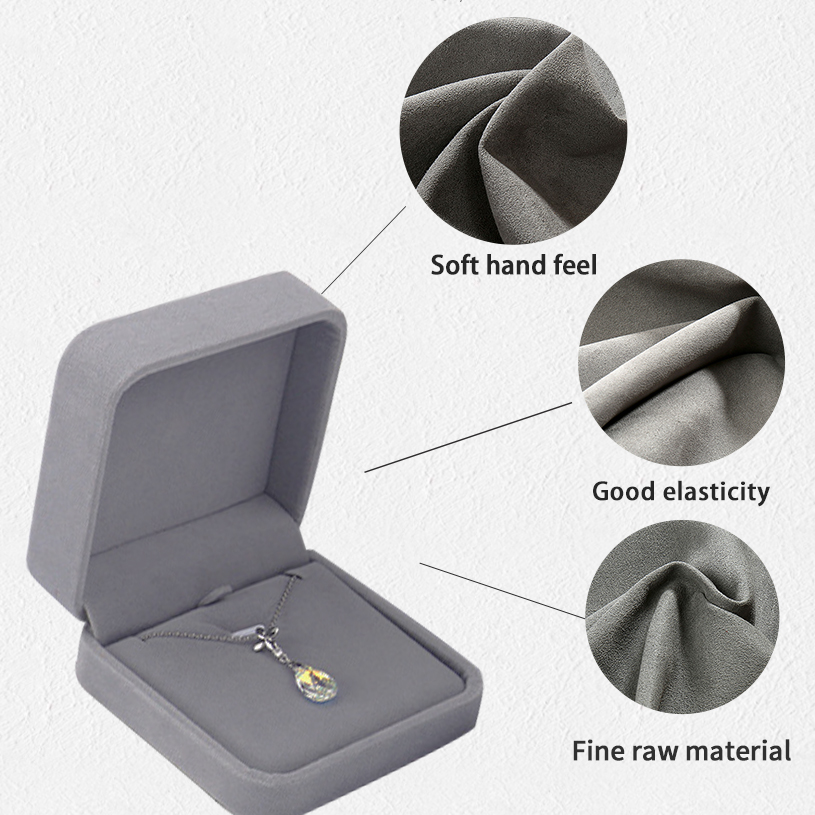
Patches
Microsuede patches add personality to clothing and accessories. Makers cut microfiber into shapes and sew them onto jackets, backpacks, or hats. The fabric’s durability ensures patches stay in place and resist wear. Microfiber patches offer a smooth surface for embroidery or decorative stitching.
Upholstery
Microsuede stands out in upholstery projects. The fabric’s durability and easy care make it suitable for furniture, cushions, and ottomans.
Small Furniture
Makers upholster small furniture pieces with microsuede for a modern look. The fabric covers chairs, stools, and benches, providing a soft and resilient surface. Microfiber resists stains and fading, so furniture remains attractive.
Cushions
Microsuede cushions offer comfort and style. The fabric’s smooth texture feels pleasant and holds up to frequent use. Microfiber cushions resist dust and pet hair, making them ideal for busy households.
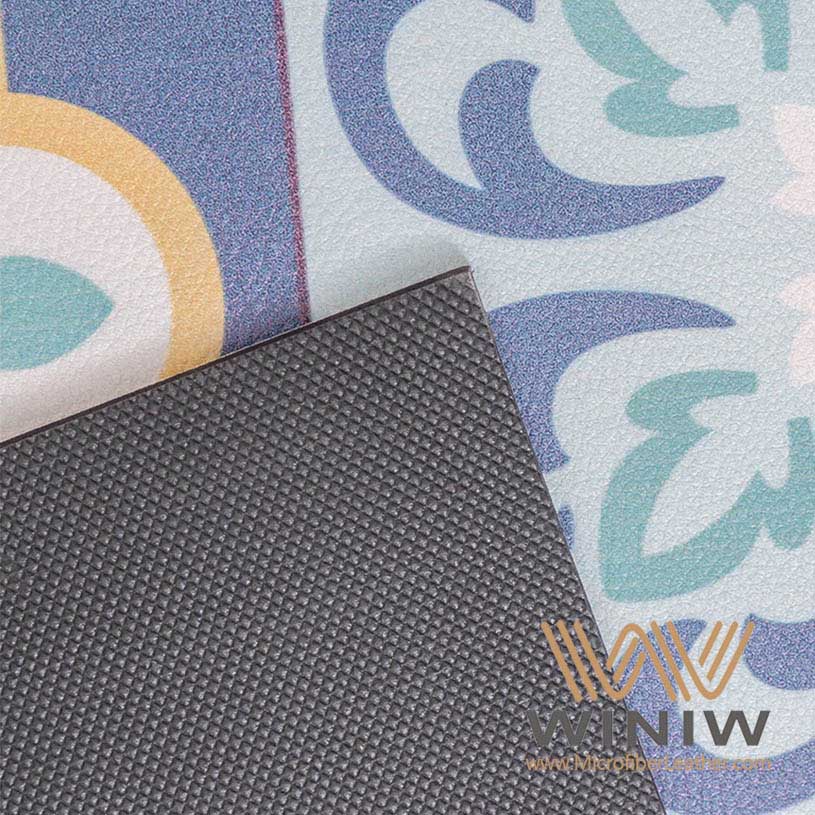
Ottomans
Ottomans upholstered in microsuede combine function and elegance. The fabric withstands daily wear and maintains its color. Makers appreciate the easy cleaning process and the ability to spot clean stains quickly.
Block Quote:
Regular cleaning keeps microsuede upholstery looking new. Vacuum weekly to remove dust and dirt. Blot stains immediately and use mild soap for tougher spots. Periodically wash the fabric according to care instructions. Protect furniture by using fabric protector sprays and avoiding direct sunlight.
Microsuede cloth supports a variety of diy projects. Makers enjoy the flexibility and performance of microfiber, whether they create home decor, fashion accessories, or upholstery. The fabric’s stain resistance, durability, and easy maintenance make it a top choice for creative endeavors.
Microsuede Tips
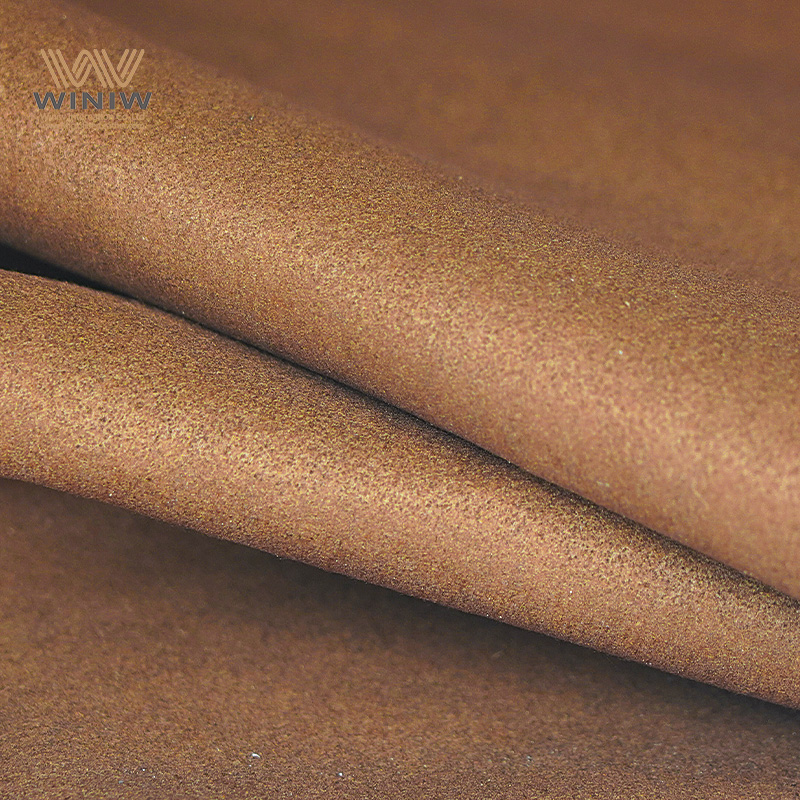
Embellishments
Crafters often enhance microsuede projects with creative embellishments. Microsuede offers a smooth surface that holds accents securely. Makers use several techniques to add personality and texture to their work.
Sewing twine and beads onto microsuede works well. A sharp hand needle pierces the fabric easily, allowing for precise placement.
Gluing larger embellishments, such as paper mache armor, provides a strong bond. Makers let the glue cool before moving the item to prevent shifting.
Hotfixing rhinestones or using super glue attaches accents quickly. These methods suit both small and large decorative pieces.
Microfiber and synthetic microsuede support a variety of embellishments. The tight weave of the fabric keeps sewn details in place. Faux suede also responds well to these techniques, giving makers flexibility in design.
Tip: Always test embellishment methods on a scrap piece of microsuede cloth before starting a new project.
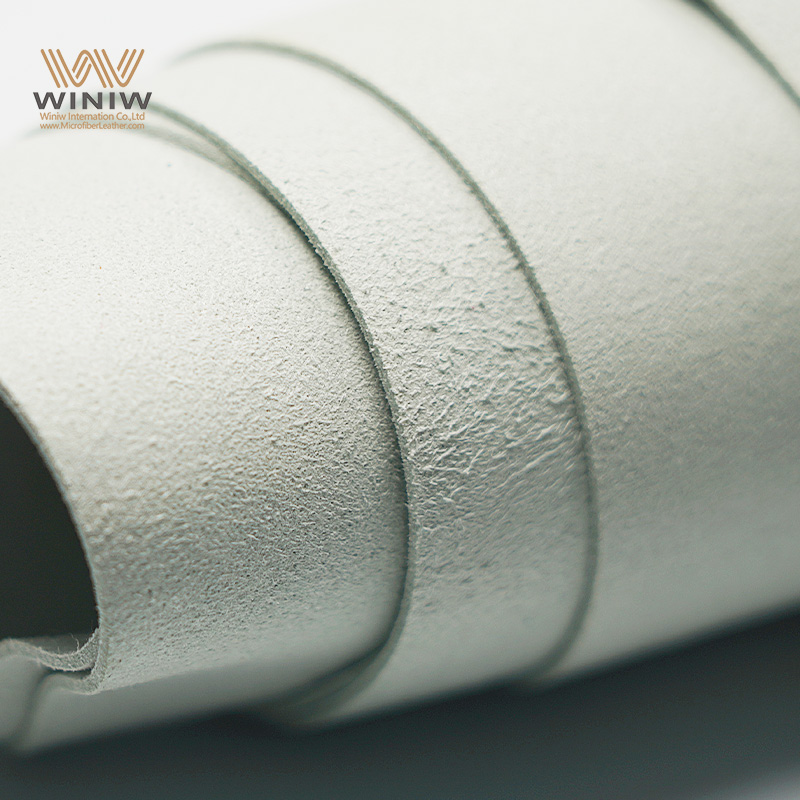
Edge Finishing
Finishing the edges of microsuede projects improves durability and appearance. Makers choose from several methods to achieve professional results.
Beeswax and polishing paste create a shiny edge on microsuede. These products enhance the visual quality and may increase the lifespan of the item.
Some crafters experiment with traditional leather finishing techniques. Results vary, as microsuede differs from natural leather in texture and composition.
Edge finishing can alter both the look and durability of microfiber items. Makers select the method that best suits their project goals.
A well-finished edge prevents fraying and adds a polished touch. Microfiber and synthetic microsuede respond well to careful finishing, making them ideal for high-use items.
Note: Edge finishing is especially important for accessories and upholstery, where durability matters most.
Combining Fabrics
Microsuede pairs well with other materials in crafting projects. Makers often combine microfiber with cotton, linen, or velvet to create unique textures and visual interest.
Microsuede cloth features a tight weave, making it easy to sew alongside other fabrics.
The soft surface of microsuede resists pet claws and repels hair, which benefits households with animals.
Microfiber blends well with faux suede, allowing for layered designs and contrasting finishes.
Crafters experiment with color blocking, patchwork, and mixed-media techniques. The versatility of microsuede encourages creativity and supports a wide range of styles.
Fabric Combination | Benefit |
|---|---|
Microsuede + Cotton | Breathable, easy to sew, soft texture |
Microsuede + Velvet | Luxurious look, rich color contrast |
Microsuede + Faux Suede | Durable, pet-friendly, layered appearance |
Block Quote:
Microsuede’s anti-dust and pet-friendly properties make it a top choice for homes with animals. The fabric repels allergens and cleans easily, keeping projects looking fresh.
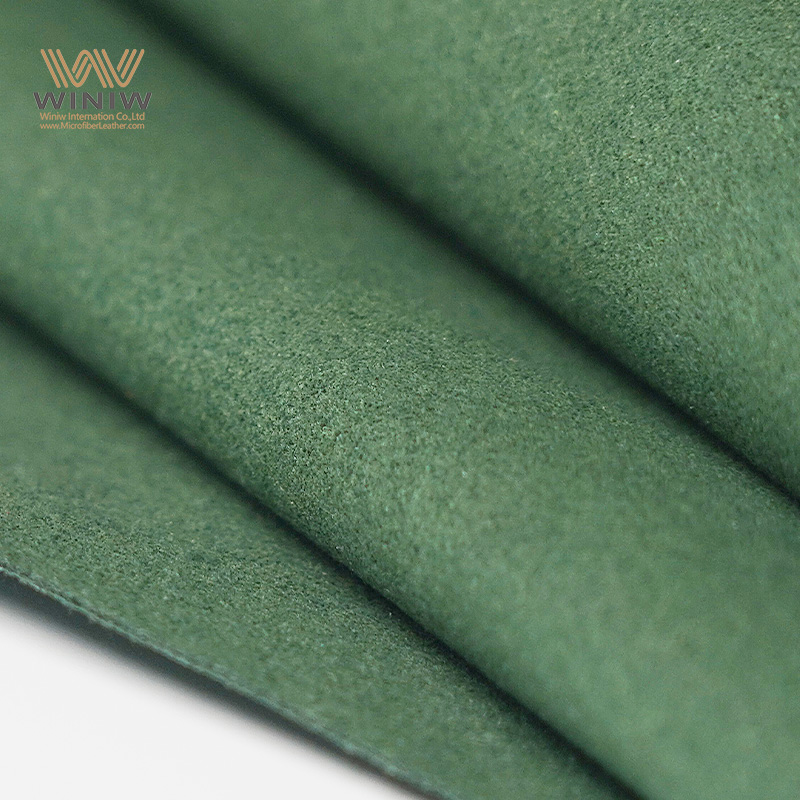
Texture Effects
Crafters often seek ways to add dimension and interest to their projects. Microsuede offers a unique opportunity to experiment with texture effects. This fabric responds well to a variety of techniques that transform its smooth surface into something visually dynamic.
One popular method involves embossing. Makers use heat tools or textured stamps to press patterns into the microsuede. The synthetic fibers hold the shape, creating raised or indented designs. This technique works well for home décor items, such as wall art or throw pillows. Embossed patterns can mimic the look of tooled leather or geometric motifs.

Another approach uses quilting. By stitching layers of microfiber together, crafters create a padded effect. The fabric’s flexibility allows for intricate quilting patterns. Quilted microsuede works well for bags, cushions, and even jackets. The added texture not only looks appealing but also increases durability.
Some makers experiment with laser cutting. This process uses a focused beam to cut precise shapes or patterns into the fabric. Laser-cut microsuede edges remain clean and do not fray. Crafters often layer these cutouts over contrasting microfiber backgrounds to highlight the design.
Tip: Always test texture techniques on a scrap piece of fabric before applying them to a finished project.
Ruching and gathering also change the appearance of microsuede. By sewing parallel lines and pulling the threads, crafters create ripples or waves. This effect adds movement and depth to accessories or clothing. Microfiber’s strength ensures the gathers hold their shape over time.
Painting and dyeing offer additional options. Fabric paints adhere well to microsuede, allowing for custom designs. Makers use sponges, brushes, or stencils to apply color. The fabric’s tight weave prevents bleeding, so patterns stay crisp. Some crafters use diluted paint to create a watercolor effect, blending shades for a soft, artistic look.
The table below summarizes common texture techniques for microsuede and microfiber:
Technique | Description | Best For |
|---|---|---|
Embossing | Presses patterns into fabric using heat or stamps | Wall art, pillows, accessories |
Quilting | Adds padded texture with stitched layers | Bags, cushions, jackets |
Laser Cutting | Cuts precise shapes for layered designs | Decorative panels, patches |
Ruching/Gathering | Creates ripples by pulling sewn threads | Clothing, scarves, accessories |
Painting/Dyeing | Adds color and pattern with fabric-safe paints | Art pieces, custom décor |
Crafters sometimes combine microsuede with faux suede to achieve contrasting textures. The difference in surface finish between the two fabrics creates visual interest. Layering or patchwork techniques highlight these contrasts, making each project unique.
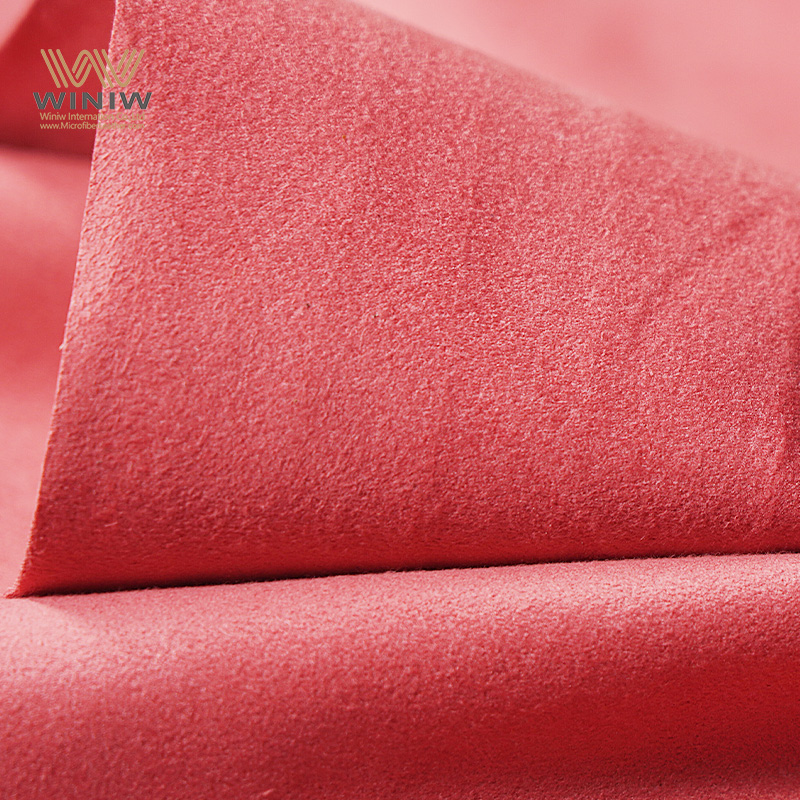
Microfiber’s scratch resistance and anti-dust properties help maintain the appearance of textured effects. The fabric resists wear, so raised or quilted areas stay crisp. Pet owners appreciate that textured microsuede projects repel hair and remain easy to clean.
Block Quote:
Texture effects turn simple microsuede fabric into a statement piece. Makers can emboss, quilt, or paint to create one-of-a-kind items that stand out in any setting.
Troubleshooting
Fraying
Fraying can occur in microsuede projects, especially along exposed edges or high-use areas. Several factors contribute to this issue:
Foot traffic often causes accelerated wear on fabric edges, especially in upholstery or rugs.
Aggressive vacuuming with a rotating brush can pull fibers from the surface, leading to fraying.
Improper cleaning, such as using harsh chemicals or scrubbing vigorously, weakens the fabric structure.
Lower-quality materials tend to fray more easily than premium microfiber or faux suede.
Preventive measures include regular gentle cleaning, immediate action on spills, using rug pads, and placing items strategically to reduce stress on the fabric.
Crafters who repurpose microfiber cloths for new projects should inspect edges and reinforce them with stitching or fabric glue. This step helps maintain the integrity of the material and extends the life of the finished item.
Tip: Always use a gentle vacuum attachment and avoid over-brushing to protect the fibers of microfiber fabric.
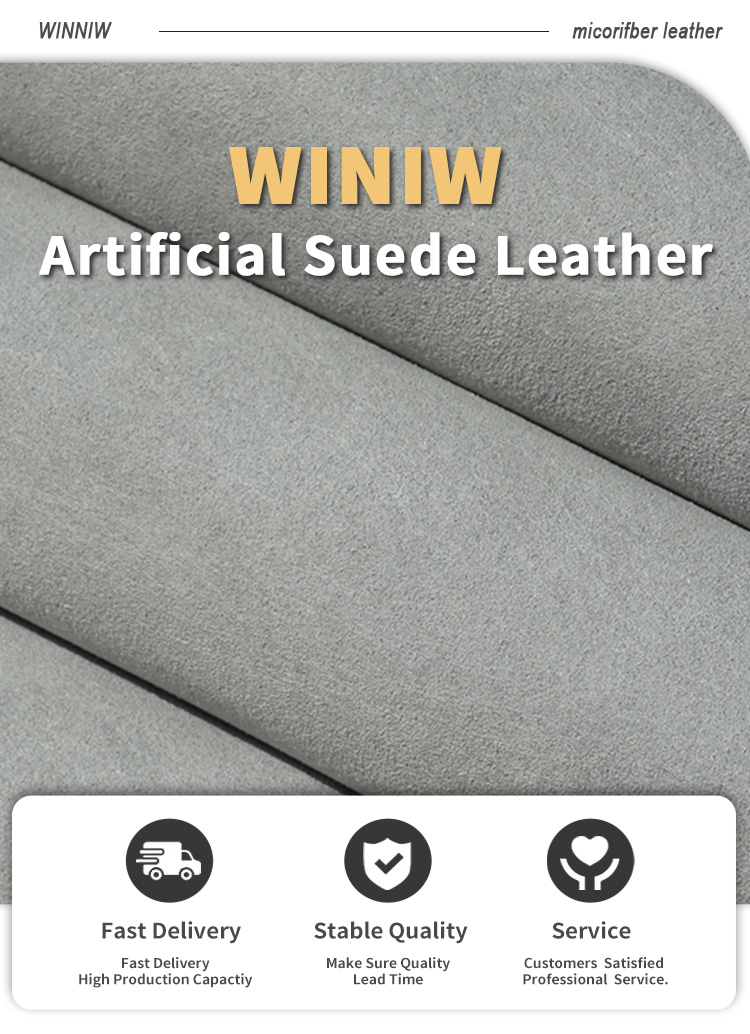
Repairs
Damage to microsuede or microfiber items can happen, but effective repair methods restore both appearance and function. Coconix Fabric & Carpet Repair Kits provide a reliable solution for fixing tears or worn spots on microfiber sofas and other items. These kits include clear instructions and all necessary tools, making it possible to achieve professional-quality results at home.
To repair a damaged area, follow these steps:
Prepare the area by removing loose threads and cleaning the surface with a damp microfiber cloth.
For larger tears, place a backing fabric behind the damaged section to support the repair.
Follow the instructions in the repair kit to apply the patch or filler, blending it with the surrounding fabric.
Immediate action for spills prevents permanent stains. Wipe spills with a damp microfiber cloth and blot gently. Always blot stains instead of rubbing, as rubbing can damage the fibers. Before deep cleaning, vacuum the fabric thoroughly to remove dust and debris.
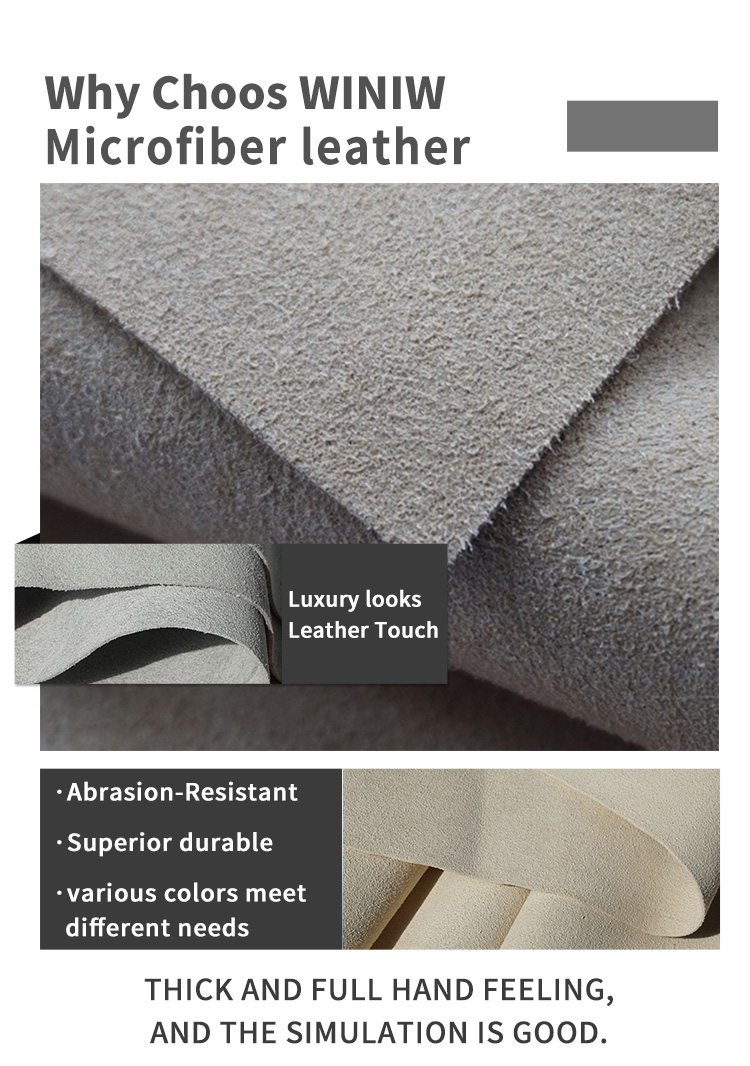
Fabric Care
Proper care keeps microsuede and microfiber items looking new. Regular maintenance includes vacuuming with a soft brush attachment and using spot cleaning for minor stains. Spot cleaning involves dabbing the affected area with a damp cloth and mild soap, then blotting dry. Avoid harsh chemicals, which can weaken the fabric and cause discoloration.
For deeper cleaning, use products designed for microfiber or faux suede. Always test cleaning solutions on a hidden area first. Allow the fabric to air dry completely before using it again. Store items in a cool, dry place away from direct sunlight to prevent fading.
Note: Consistent care and gentle cleaning routines help preserve the color and texture of microfiber fabric, ensuring long-lasting beauty and durability.
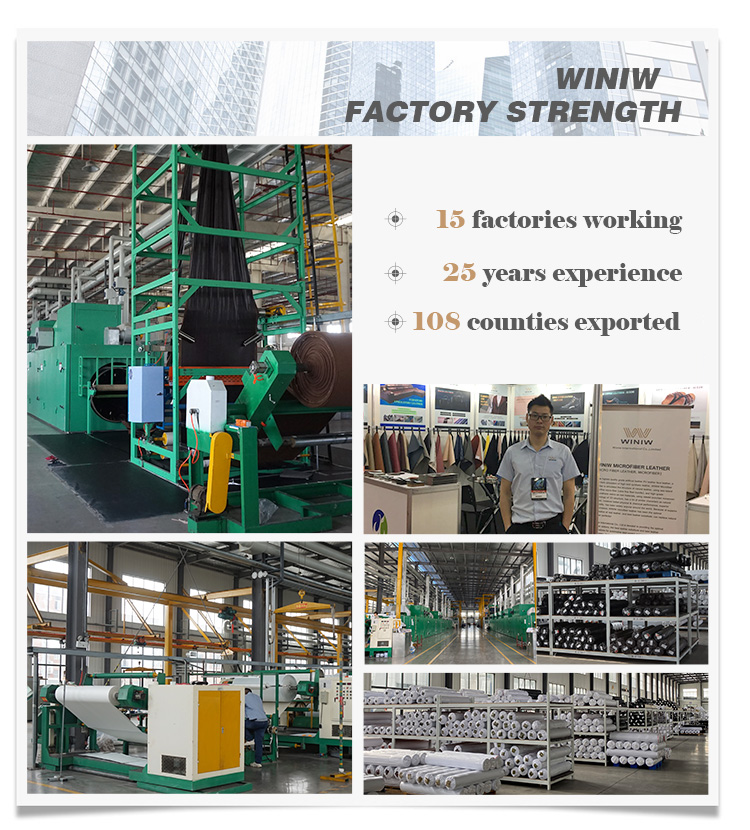
Storage
Proper storage helps maintain the quality and appearance of microsuede projects. Makers who store microfiber items correctly extend the life of their creations. This approach prevents dust buildup, color fading, and unwanted creases in the fabric.
Start by cleaning the fabric before storage. Makers should vacuum or gently brush microfiber to remove dust and debris. Clean fabric resists mold and mildew during long-term storage. For best results, allow the fabric to dry completely before packing it away.
Folding microfiber requires care. Avoid sharp creases by rolling the fabric instead of folding it tightly. Rolling helps prevent permanent lines and keeps the surface smooth. Makers often use acid-free tissue paper between layers to protect delicate finishes. This method works well for both large and small pieces.
Store microfiber in a cool, dry place. Avoid direct sunlight, which can cause color fading over time. Humidity can damage the fabric, so choose a location with good air circulation. Makers often use breathable cotton bags or storage bins with ventilation holes. These containers keep dust away while allowing air to flow.
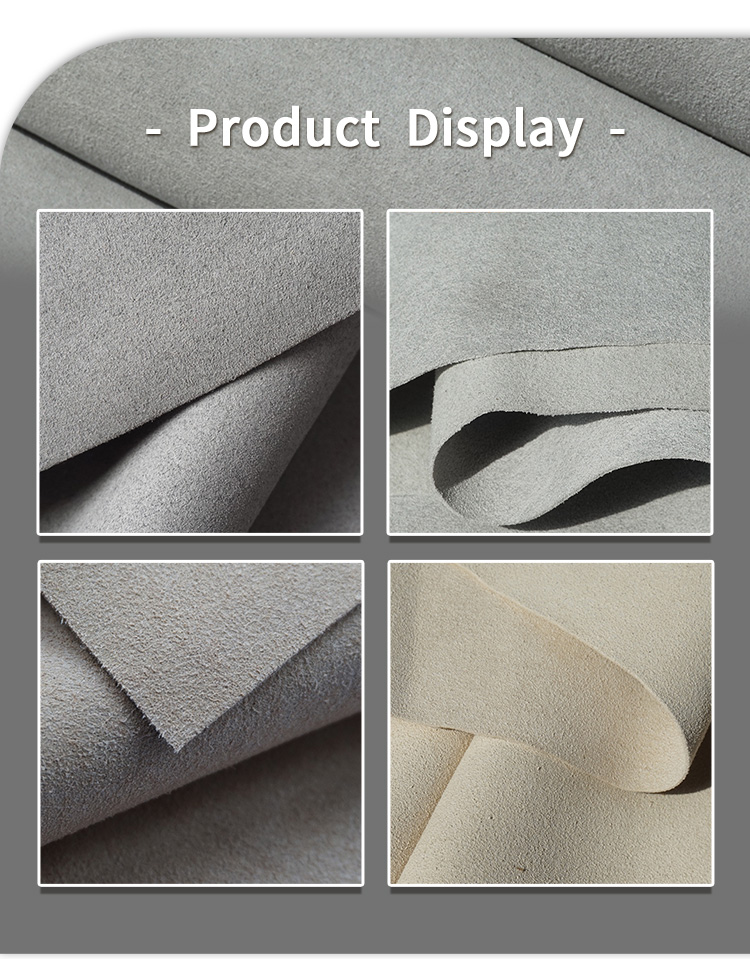
Tip: Never store microfiber in plastic bags for long periods. Plastic traps moisture and can lead to mildew or unpleasant odors.
Label storage containers for easy identification. Makers who work with multiple colors or types of fabric benefit from clear labeling. This practice saves time and prevents confusion during future projects.
For faux suede and other specialty fabrics, use similar storage techniques. Keep these materials away from rough surfaces that might snag or damage the fibers. Makers sometimes hang larger pieces on padded hangers to avoid creases. Hanging works well for finished garments or large panels.
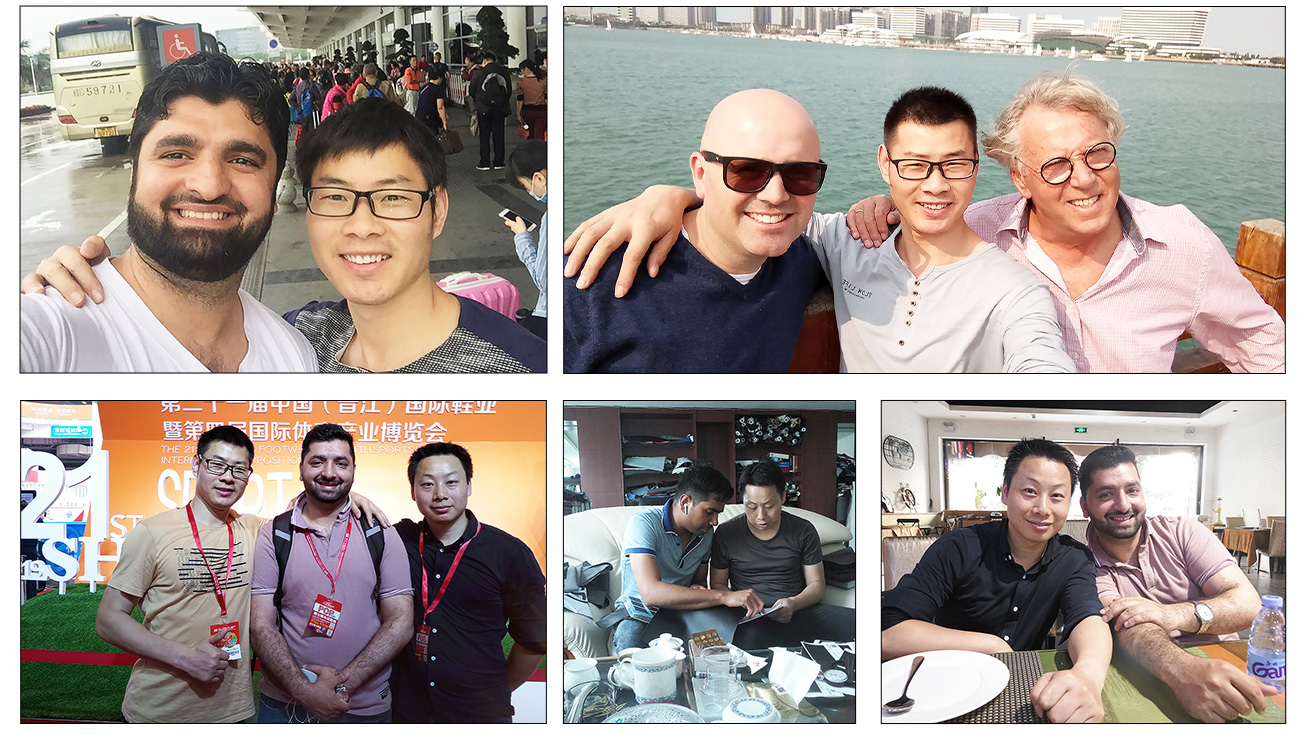
The table below summarizes key storage tips for microfiber and related fabrics:
Storage Tip | Benefit |
|---|---|
Clean before storing | Prevents mold and keeps fabric fresh |
Roll instead of fold | Avoids permanent creases |
Use breathable containers | Reduces risk of mildew and odors |
Store in cool, dry location | Preserves color and texture |
Label containers | Simplifies future project planning |
Regularly check stored microfiber for signs of moisture or pests. Early detection allows for quick action and prevents damage. Makers who follow these storage guidelines enjoy long-lasting, beautiful fabric for all their creative projects.
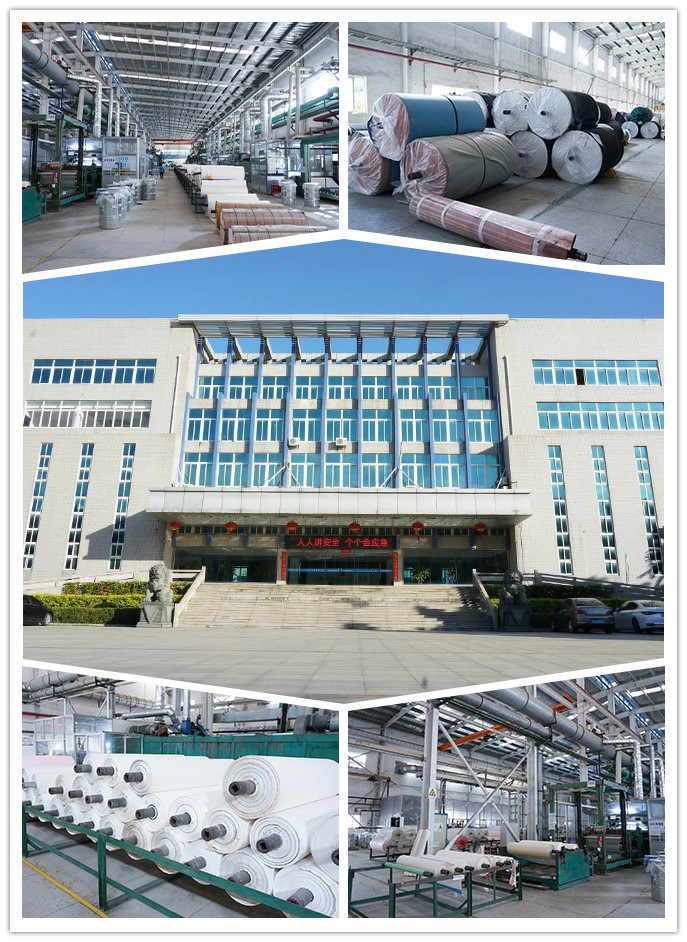
Crafters discover that microsuede cloth offers practical solutions and creative opportunities. They use microfiber cleaning cloths for spot cleaning, steam clean tough stains, and mix dish soap with warm water for homemade stain removers. Makers check care tags, blot stains, and refresh fabric with soft-bristled brushes. The crafting community shares tips for sewing and care:
Category | Tips |
|---|---|
Pre-Sewing | Wash in cool water, press with a cool iron, use sharp scissors. |
Stitching | Use heavy-duty needles, polyester thread, flat presser foot. |
Cleaning & Care | Hand-wash or dry clean, use damp cloth for stains, lint brush for debris. |
Big Z’s Microsuede Fabric inspires makers to experiment and enjoy every project. Readers can share their own tips or questions below.
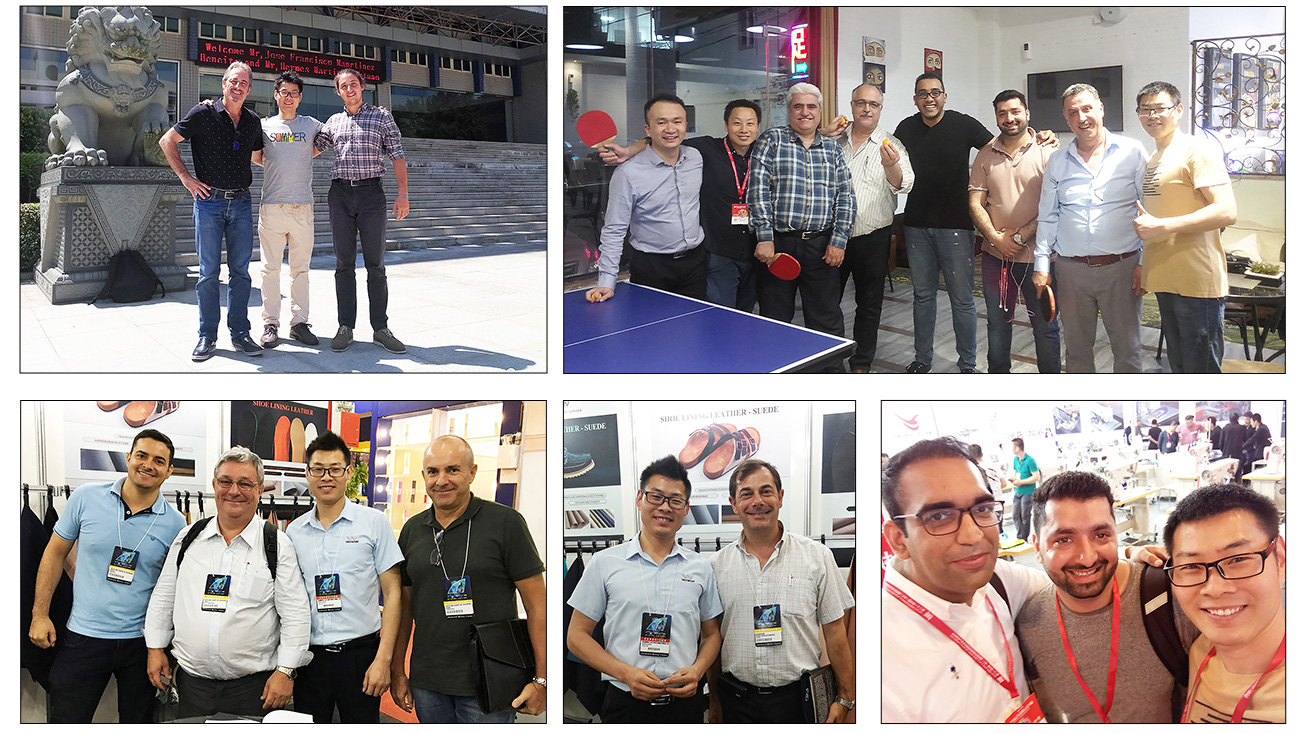
FAQ
What is microsuede cloth?
Microsuede cloth uses fine synthetic fibers to mimic the look and feel of real suede. The fabric offers softness, durability, and easy cleaning. Makers choose microsuede for its versatility in crafting and home projects.
Can beginners sew with microsuede?
Beginners find microsuede easy to handle. The fabric does not fray easily and responds well to basic sewing tools. Makers often use clips instead of pins to avoid marks. Polyester thread works best for stitching.
How do you clean microsuede fabric?
Makers clean microsuede with a damp cloth and mild soap. Stains rarely penetrate the surface. Vacuuming with a soft brush attachment removes dust and pet hair. Always test cleaning products on a hidden area first.
Does microsuede resist pet hair and stains?
Microsuede resists pet hair and stains. The tight weave prevents hair from sticking. Spills wipe away easily. Pet owners prefer microsuede for furniture and accessories because it stays clean and fresh.
What projects work best with microsuede?
Microsuede suits many projects. Makers use it for upholstery, throw pillows, tote bags, jewelry, and wall art. The fabric’s durability and color options support creative ideas in home décor and fashion.
Can you combine microsuede with other fabrics?
Makers combine microsuede with cotton, velvet, or faux suede. The fabric’s smooth surface blends well with textured materials. Layering creates visual interest and unique designs in accessories and décor.
How should you store microsuede items?
Store microsuede in a cool, dry place. Roll the fabric to prevent creases. Use breathable containers to avoid mildew. Clean items before storage. Label containers for easy identification.
Is Big Z’s Microsuede Fabric suitable for upholstery?
Big Z’s Microsuede Fabric works well for upholstery. The fabric resists stains and fading. Makers use it for chairs, cushions, and ottomans. The material maintains its color and texture over time.


